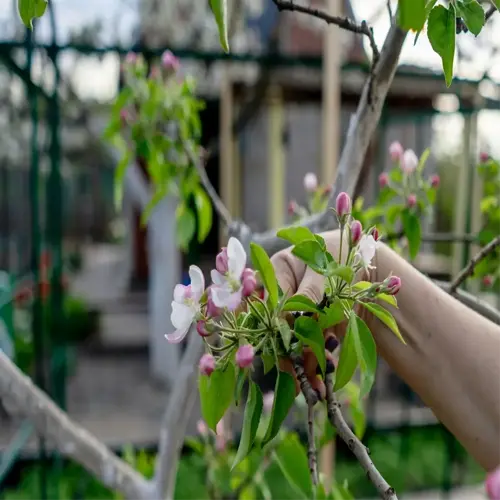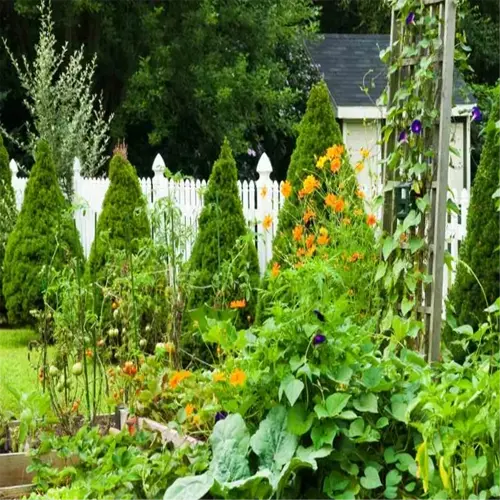Can I use tap water directly?

Written by
Kiana Okafor
Reviewed by
Prof. Charles Hartman, Ph.D.Self-watering containers require precise water choices to avoid mineral deposits and damaged roots. If using tap water, pretreat it to remove chemicals. Simply allow tap water to sit overnight and the chlorine will evaporate. The use of hard water will take extra work on your part to perform optimally in the system.
Chlorine Removal
- Let water sit 24 hours in open containers
- Use activated carbon filters for chloramine-treated supplies
- Test water quality with aquarium strips monthly
Hard Water Solutions
- Clean reservoirs with vinegar every 30 days
- Install inline water softeners for supplies >150 ppm
- Replace wicks quarterly to prevent mineral clogs
Rainwater Advantages
- pH-neutral water ideal for carnivorous plants
- Collect via food-safe barrels with mosquito screens
- Add 1/4 tsp citric acid per gallon to inhibit algae
Mineral-rich water leaves crusty deposits on pot ceramic and wicking. The customer I have in Phoenix, Arizona, solved this problem by using distilled water for their succulents, as well as installing a $45 filter underneath their sink. Their self-watering containers are now working perfectly with 6-month wick replacements.
Collecting rainwater can greatly improve the health of plants; however, it requires some planning. Small-diameter screen mesh is best for preventing debris and organic matter from entering the barrel. For urban gardeners, collapsible barrels mounted on the balcony provide a universe storage solution that takes a minimal footprint. Test the pH once a month and if necessary, add some lime to the rainwater if your plants are acid-loving.
An alternative source of filtered water can be reverse osmosis systems. These systems will remove 98% of minerals from its water supply. Calcium is one of the minerals that is removed and is beneficial to your plants. To compensate, add 1/8 tsp of calming plant supplement per gallon of water. You should also avoid softened water because the sodium content can damage root systems.
In the future, there is a possibility that new inventions could even allow for an automated approach to water treatment. Built-in UV filters along with mineral sensors in prototype systems dynamically control water quality. This level of intervention could make self-watering containers genuinely maintenance-free in terms of water quality, while also accommodating regional water differences ranging from Florida limestone basins to Rocky Mountain snowmelt.
Read the full article: Ultimate Guide to Self Watering Containers

